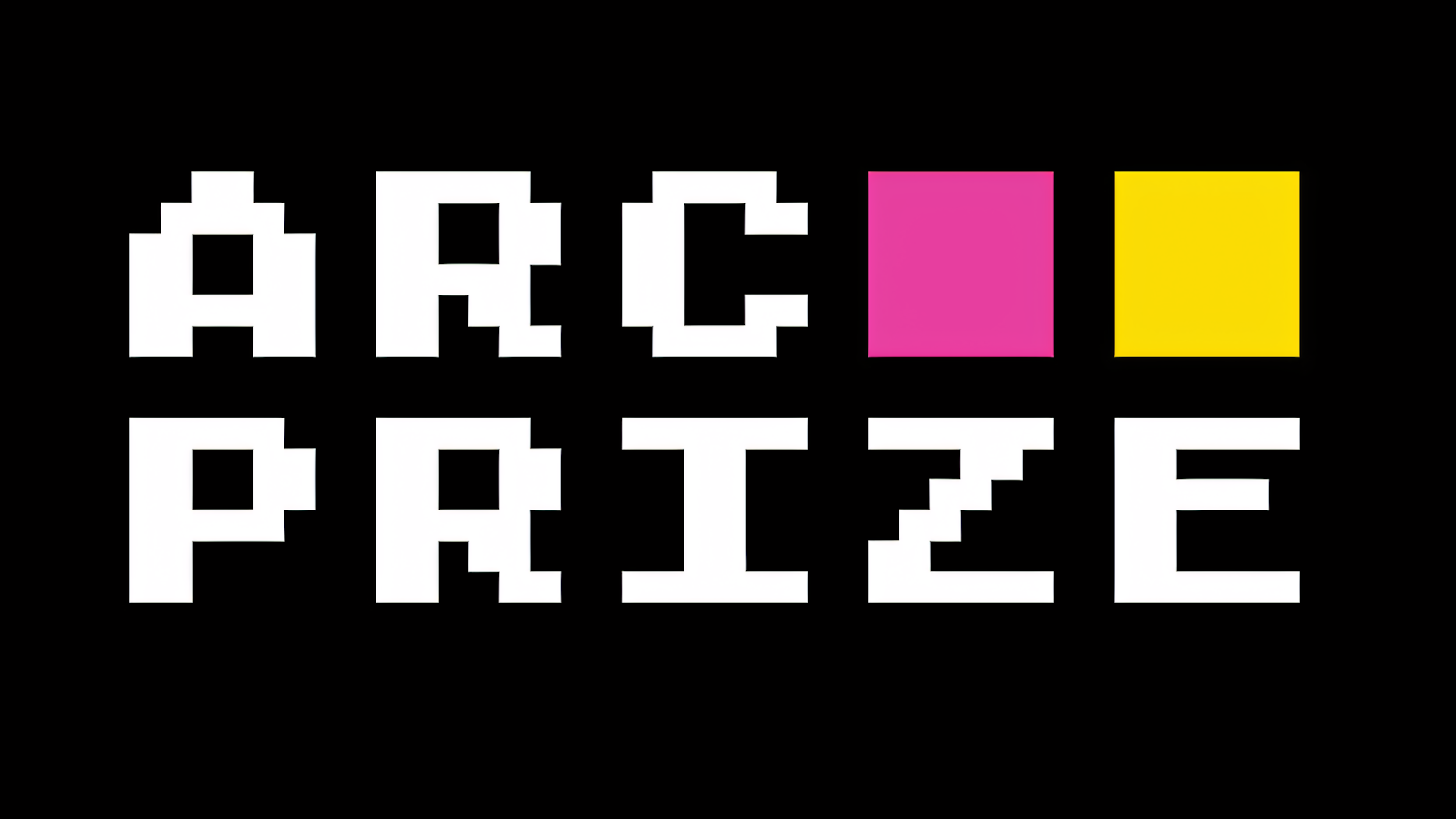MIT's test-time training makes AI language models better at solving hard puzzles

Key Points
- Researchers at MIT have developed a method called "Test-Time Training" (TTT) that improves the ability of AI language models to draw logical conclusions. In this method, the parameters of the models are dynamically adapted to the current input data during use.
- In tests using the Abstraction and Reasoning Corpus (ARC), the team increased the accuracy of an 8-billion-parameter model by a factor of six. On the public ARC validation dataset, the system achieved a solution rate of 53%, the highest ever published for a purely neural system.
- The method is based on three components: initial fine-tuning on similar tasks, specially formatted auxiliary tasks with data transformations, and separate training of model parameters for each problem instance. In combination with program synthesis, the system achieved an accuracy of 61.9%.
MIT researchers have found a way to significantly improve how AI language models solve problems using a technique called test-time training (TTT). The team has set a new record on a challenging AI benchmark test.
Researchers at the Massachusetts Institute of Technology (MIT) have significantly improved AI language models' ability to draw logical conclusions and solve problems through test-time training (TTT), setting a new record on the challenging ARC benchmark.
The team developed a method that allows artificial neural networks to expand their capabilities for logical reasoning and problem-solving. With "test-time training," the models' parameters adjust dynamically to current input data during application.
"Language models have shown impressive performance on tasks within their training distribution, but often struggle with novel problems requiring complex reasoning," the team explains. "We investigate the effectiveness of test-time training (TTT)—updating model parameters temporarily during inference using a loss derived from input data—as a mechanism for improving models’ reasoning capabilities."
The scientists conducted systematic experiments using the Abstraction and Reasoning Corpus (ARC) - a challenging benchmark consisting of visual logic puzzles that must be solved with few examples. ARC is also the central benchmark of the ARC Prize, a million-dollar competition created by François Chollet and Mike Knoop. The goal is to develop AI that can adapt to new situations and solve simple thinking tasks. The competition aims to redirect AI research toward developing artificial general intelligence (AGI).
TTT reaches new peak value
The team identified three crucial components needed for TTT's success:
- Initial fine-tuning of models on tasks similar to those they'll need to solve later
- An appropriate format for helper tasks used during test-time training, including data augmentation through transformations
- Separate training of model parameters for each problem instance instead of using a shared model for all tasks
Using this approach, the researchers increased an 8-billion-parameter language model's accuracy on ARC tasks by up to 6 times compared to a normally fine-tuned model. They achieved a 53 percent solution rate on the public ARC validation dataset - the highest published score for a purely neural system without additional symbolic components.
"By ensembling our method with recent program generation approaches, we get SoTA public validation accuracy of 61.9%, matching the average human score," the team reports. This approaches the human average on these complex logical tasks. The ARC Challenge's main prize goal of $600,000 requires reaching 85 percent.
According to the researchers, it is particularly remarkable that their purely neuronal approach with test-time training can also solve problems that were previously only considered solvable with explicit symbolic logic. "Our findings suggest that explicit symbolic search is not the only path to improved abstract reasoning in neural language models," the team writes. "Additional test-time applied to continued training on few-shot examples can also be extremely effective."
TTT relies on LoRA
Test-time training works with any existing language model. It uses "Low-Rank Adapters" (LoRA) to train model parameters in a compact format, so computational costs scale moderately with model size. These LoRAs are particularly common for image model extensions.
For data augmentation during TTT, the researchers developed a two-stage process: First, they generate "leave-one-out" tasks from each task's training examples. This treats one example as a test case and the rest as associated training data. These tasks are then multiplied through rule-based transformations like rotation and mirroring to create training data for test-time training.
During inference, the scientists apply the learned models not only to the original tasks but also to transformed variants. The results are then combined into a final answer through hierarchical majority voting. This "augmented inference" approach further improves robustness and accuracy.
The MIT scientists see their results as an important step toward more flexible and capable AI systems. "Our findings suggest that test-time methods could play a pivotal role in advancing the next generation of LMs."
AI News Without the Hype – Curated by Humans
As a THE DECODER subscriber, you get ad-free reading, our weekly AI newsletter, the exclusive "AI Radar" Frontier Report 6× per year, access to comments, and our complete archive.
Subscribe now